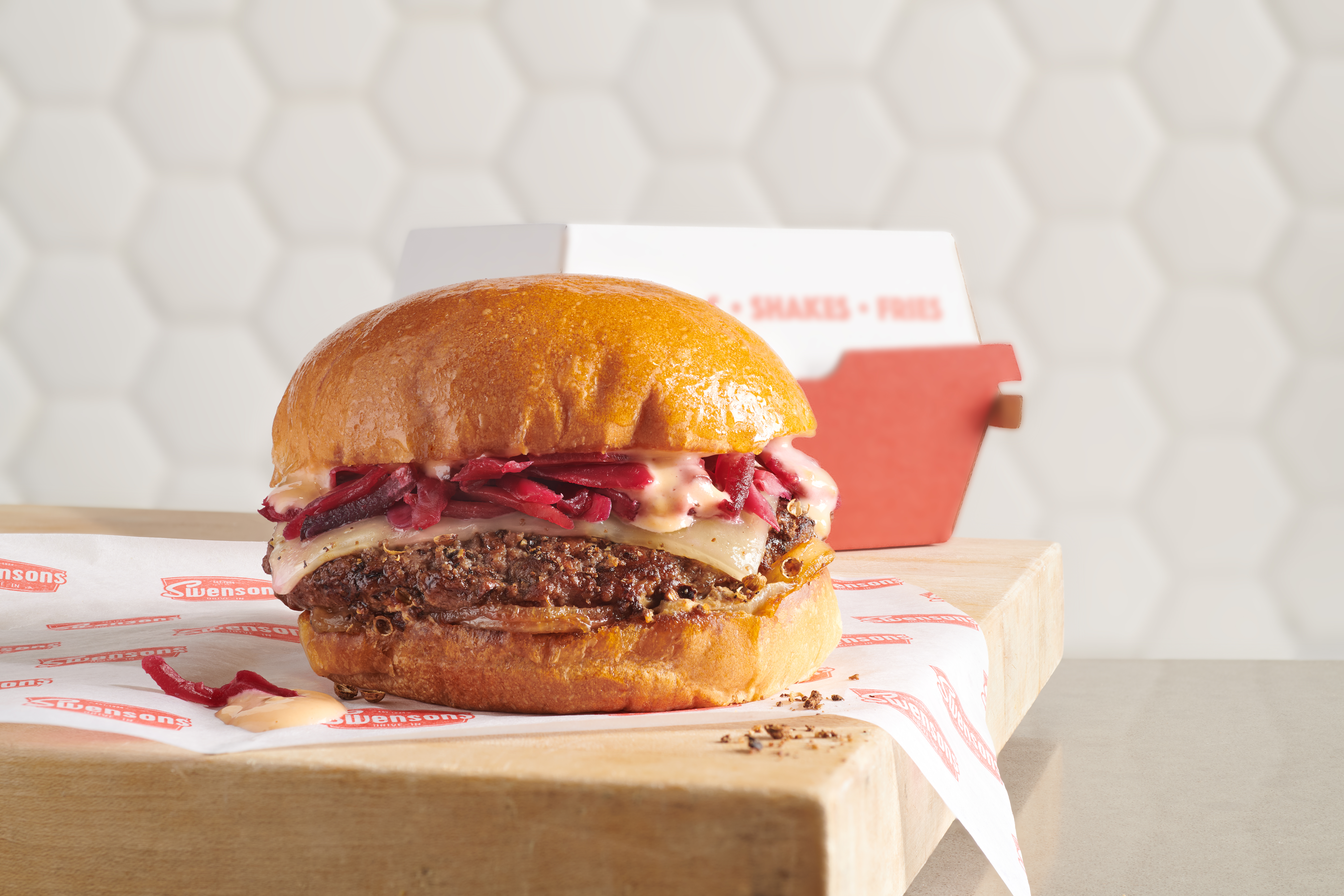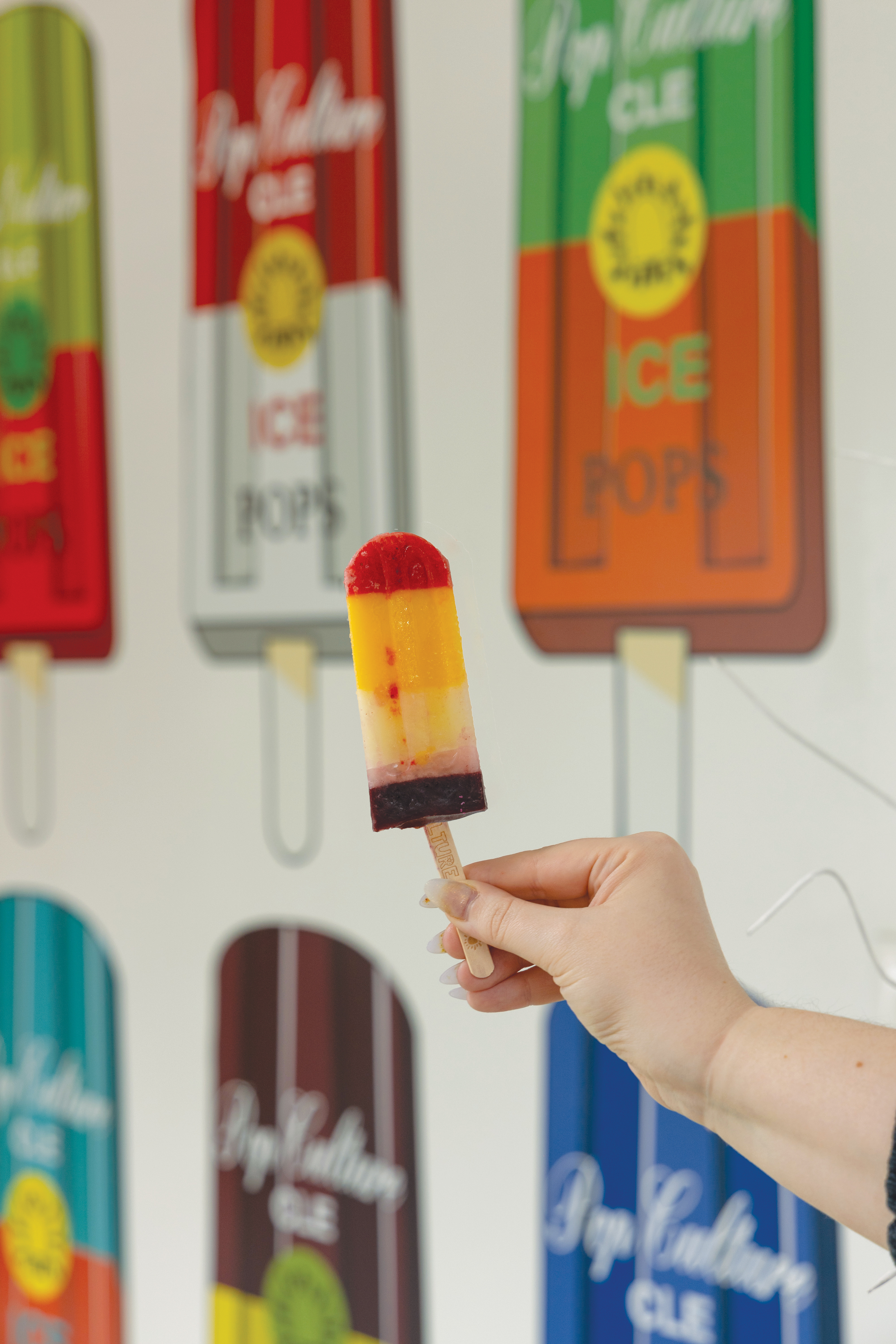A Guide To Pickling Anything
by Ruth Corradi Beach | Jul. 9, 2019 | 12:00 PM

Spice Kitchen & Bar owner and chef Ben Bebenroth walks us through the simple and easy process you can do in your own kitchen.
Prep the veggies. Clean and slice them to your liking. Slice into disks, cut into spears, whatever appeals to you. Remove the peels from veggies such as carrots and beets. For heartier vegetables such as green beans and okra, make sure you blanch before pickling.
Fill your jar. Add veggies, leaving about a half-inch of space at the top. Throw in a few garlic cloves if you like.
Prepare the brine. The base of pickling brine starts with equal parts vinegar and water. Try apple cider vinegar or white vinegar for starters. Depending on the produce, you may need to adjust your ratio. Add salt and sugar if you’d like — about 1 tablespoon of each per cup of water. Bring it to a boil and then remove from heat.
Add the spices. There’s a lot of leeway here, depending on your tastes and the vegetables you’re working with. “When flavoring a brine, anticipate the fact that whatever vegetable you’re putting in there, you’re seasoning for that as well,” says Bebenroth. The more water-dense the veggie, the heavier the seasoning should be. After adding the spices, pour the pickling liquid into the jar so the vegetables are completely covered.
Weigh it down. Use a metal plate that’s slightly smaller than the opening of the container or follow Bebenroth’s lead: Use a clean river stone. “The stone takes on its own bacterial biome, so using the same stone to weigh [a subsequent batch] down transplants that culture.”
Sit tight. Put the lid on, stick the jar in the fridge, and you’ll have pickles the next day. They’ll get better over time and can keep in the fridge for up to a month.
Seasons Greetings
Look to your spice rack to mix up a tasty blend.
For each blend, start with 1 quart of liquid, about 1/4 cup sugar and 1 tablespoon salt. For the spices, use 1 to 1 1/2 tablespoons of each for every quart of liquid.
Standard pickle: Combine equal parts mustard seed, coriander and black pepper, plus red chili flakes if you want extra spice. “The backbone of this blend is the coriander and black pepper. This combination of aromatics hits you in the back of the sinus,” says Bebenroth.
Asian pickle: Use equal parts coriander, black pepper and red chili flakes, then add 2 to 3 cinnamon sticks, a good-sized knob of chopped ginger and 2 to 3 star anise. “This takes the same basic flavor profile [as the standard option] and takes it in an easy Asian direction,” he says.
Super simple: Mix equal parts chili flakes, cumin, garlic and black pepper. “This one’s especially good for Mexican dishes,” says Bebenroth. “Be sure to use fresh spices, fresh spices, fresh spices.”
In The Mix
New ways to use your pickled creations.
Mix some pickled beets into egg salad to add a bite that cuts through the creaminess.
Sprinkle pickled radishes in a taco for a crisp crunch.
Dunk a few pickled asparagus in a bloody mary for a fun garnish and tasty finish.
Add pickled cauliflower to a salad topped with rich meat, such as steak.
Spice up fish or scrambled eggs with a few pickled jalapeno rings.
Drape pickled cabbage on falafel for a spicy crunch.
Mix that leftover brine with peanut butter and spread on a fresh apple slice for a refreshing snack.
Garden Variety
Go beyond cucumbers and try these three other options.
Apples: The tart crispness of apple flesh is ideal for pairing with the tang of pickling brine. These are super simple — add brown sugar, chili flakes and fresh thyme to a cider vinegar, water and salt brine. And while slices are perfect for layering on a meaty sandwich, Bebenroth urges you to get creative. “Take a melon baller and ball the outside of the apple with the peel still on, for a peel-on-one-side-not-on-the-other pickled-apple ball.” Throw a few in a salad or add them to a cheese board.
Asparagus: These harbingers of spring are terrific pickled with something light, such as garlic and dill. “Asparagus won’t work with hot [spices],” Bebenroth cautions. “And you’ll want to keep them crisp, so use fat purple asparagus [that holds up well].” These are good to snack on straight from the jar, or stick one in a hot dog bun for a kick that lasts through every bite.
Shiitake mushrooms: Yes, you can pickle a mushroom! Substitute equal parts rice vinegar and soy sauce for the vinegar here (1/2 cup vinegar, 1/2 soy sauce, 1 cup water) for an earthy, Asian addition to a meat dish. “These are delicious,” Bebenroth enthuses. “Throw them on a burger or taco and you’re in a great place.”
Trending
-
1
-
2
-
3
-
4
-
5










